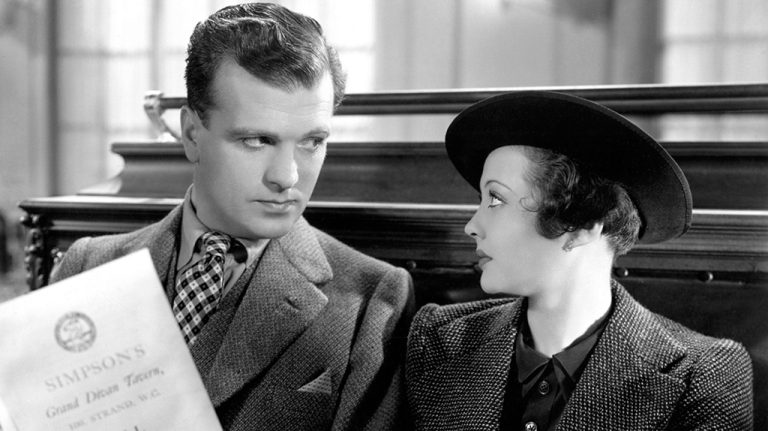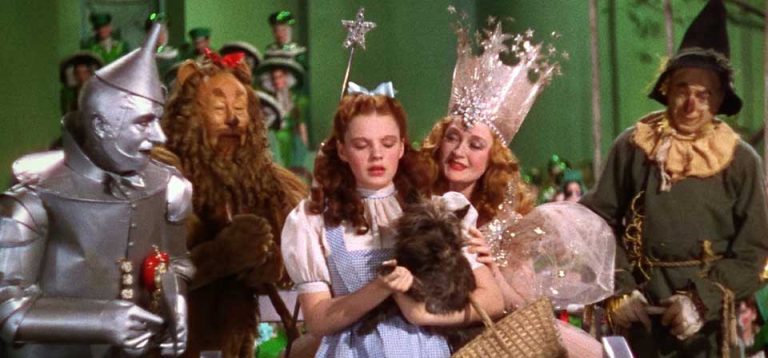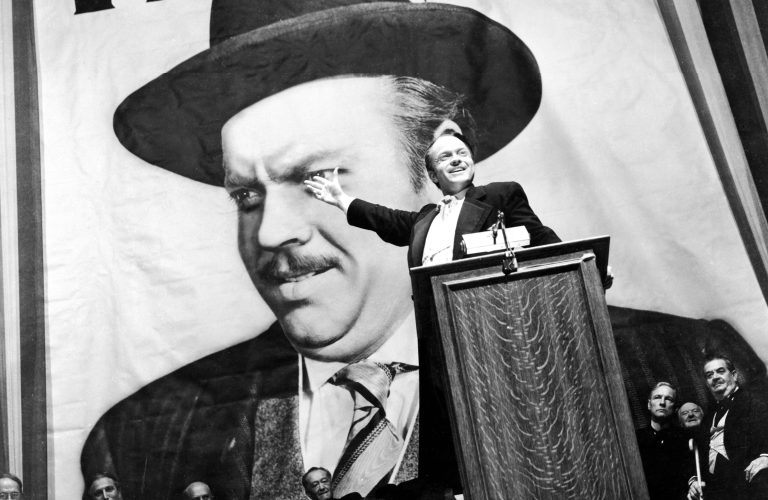Behind the Scenes: The Making of “Algiers” with a Historical Perspective

In the heart of the bustling city of Algiers, where the Mediterranean breeze carries the whispers of a thousand tales, a cinematic gem was born – “Algiers” (1938). This enthralling film, directed by John Cromwell, left an indelible mark on cinema history, captivating audiences with its spellbinding narrative and exotic allure. But to fully appreciate the magic that unfolded on the silver screen, one must delve into the historical backdrop that gave rise to this timeless masterpiece.
Set against the backdrop of French colonial Algeria, “Algiers” was based on the French play “Pépé le Moko” by Henri La Barthe. The play, which enjoyed immense popularity on the Parisian stage, revolved around the elusive criminal Pépé le Moko and the intricate web of romance and intrigue he weaved within the labyrinthine casbah. When Hollywood caught wind of this riveting tale, the studio executives saw an opportunity to mesmerize audiences with a tale that would transport them to the enchanting alleys and hidden corners of North Africa.
But translating the allure of Algiers and the exoticism of the casbah onto the silver screen was no simple feat. The film’s producer, Walter Wanger, knew that authenticity would be key to capturing the essence of this mesmerizing world. Thus, he embarked on an ambitious venture to recreate the sights and sounds of the casbah in the controlled environs of Hollywood.
To achieve this, Wanger turned to the talents of the production designer Alexander Toluboff. Toluboff meticulously studied photographs, maps, and travelogues of Algiers, seeking to imbue the film’s sets with an air of genuine North African charm. From the winding alleyways to the vibrant bazaars, no detail was overlooked. The result was a breathtaking recreation of the casbah that transported audiences to a world both alluring and mysterious.
At the center of the film’s allure was the charismatic presence of Charles Boyer, whose portrayal of Pépé le Moko was nothing short of masterful. Boyer’s velvety voice and smoldering gaze added layers of complexity to the character, turning Pépé into an enigma that audiences couldn’t resist. But securing Boyer’s participation wasn’t an easy task. The actor was initially hesitant to commit to the role, fearing typecasting. It was only when he met with the film’s director, John Cromwell, that he recognized the potential for Pépé to be a character of depth and vulnerability. With Cromwell’s assurance and guidance, Boyer embraced the role that would become one of his most iconic performances.
However, the enchanting charm of “Algiers” went beyond Boyer’s portrayal alone. The film introduced audiences to an up-and-coming starlet by the name of Hedy Lamarr, whose luminous beauty and beguiling allure made an unforgettable impression. As Ingrid, the object of Pépé’s affections, Lamarr’s presence added a layer of sophistication and allure that perfectly complemented Boyer’s performance. The on-screen chemistry between the two stars sizzled, leaving audiences captivated by their ill-fated romance.
But beyond the film’s on-screen magic, there was a tumultuous world lurking behind the scenes. As production commenced, the threat of war loomed large over Europe. The rise of fascism in Germany and the Spanish Civil War cast a shadow on the vibrant energy of the casbah. Despite the uncertainties of the world stage, the filmmakers pressed on, creating a cinematic masterpiece that transported audiences to a world far removed from their own.
When “Algiers” finally graced the silver screen, it garnered both critical acclaim and commercial success. Audiences were transported to a world of forbidden romance and intrigue, and the allure of the casbah became etched in cinematic history. The film’s impact would extend beyond its initial release, inspiring future filmmakers and leaving an indelible mark on the noir genre.
As the credits rolled and the curtain fell, “Algiers” had left an enduring legacy. The film’s historical background had woven together a tapestry of exoticism, romance, and the allure of a bygone era. Its echoes of forbidden love and its mystique of the casbah would continue to captivate audiences for generations to come. “Algiers” remains an enchanting cinematic treasure, a testament to the magic of storytelling and the indomitable spirit of cinema in the face of a changing world.







